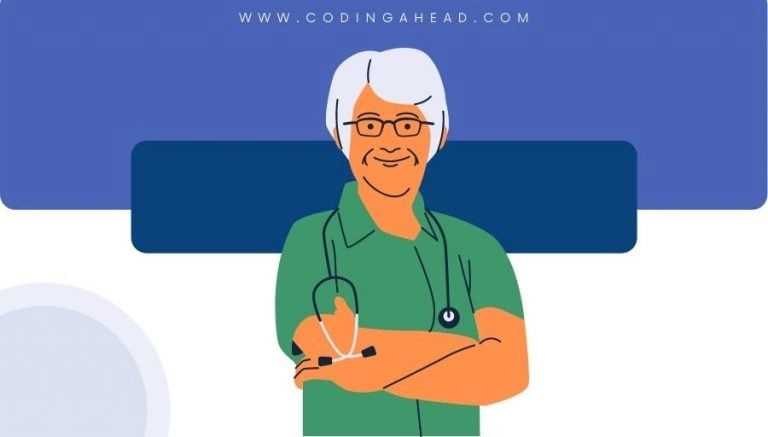How To Use CPT Code 43310
CPT 43310 describes a specific procedure for esophagoplasty, which involves the plastic repair or reconstruction of the esophagus. This article will cover the official description, procedure details, qualifying circumstances, appropriate usage, documentation requirements, billing guidelines, historical information and billing examples.
1. What is CPT Code 43310?
CPT 43310 is a code used to describe a surgical procedure known as esophagoplasty. This procedure involves the repair or reconstruction of the esophagus, specifically through a thoracic approach. It does not include the repair of a tracheoesophageal fistula, which is a separate procedure. Esophagoplasty is a plastic surgery technique used to restore the structure and function of the esophagus.
2. Official Description
The official description of CPT code 43310 is: ‘Esophagoplasty (plastic repair or reconstruction), thoracic approach; without repair of tracheoesophageal fistula.’
3. Procedure
- The surgeon begins by making an incision in the chest, known as a thoracotomy, to access the esophagus.
- Once the esophagus is identified, the surgeon carefully inspects the area requiring repair or reconstruction.
- The surgeon then proceeds to repair the target area using techniques such as sutures or staples, ensuring proper alignment and closure.
- Hemostasis, or the stopping of bleeding, is carefully maintained throughout the procedure.
- Finally, the surgeon closes the chest incision in layers to complete the esophagoplasty.
4. Qualifying circumstances
CPT 43310 is used when a patient requires esophagoplasty, specifically through a thoracic approach, without the need for repair of a tracheoesophageal fistula. This procedure is typically performed to address esophageal defects or abnormalities that require plastic repair or reconstruction. It is important to note that this code should not be used for congenital defects or cases involving repair of a tracheoesophageal fistula.
5. When to use CPT code 43310
CPT code 43310 should be used when a surgeon performs esophagoplasty through a thoracic approach without repairing a tracheoesophageal fistula. It is important to accurately document the details of the procedure to support the use of this code.
6. Documentation requirements
To support a claim for CPT 43310, the following documentation is required:
- Clear indication of the need for esophagoplasty
- Description of the specific repair or reconstruction performed
- Date of the procedure
- Details of the surgical approach used
- Any additional relevant information or complications encountered during the procedure
- Signature of the performing surgeon
7. Billing guidelines
When billing for CPT 43310, it is important to ensure that the procedure performed aligns with the official description of the code. This code should not be reported if a tracheoesophageal fistula repair was also performed. It is crucial to follow the specific guidelines provided by the payer and accurately document the procedure to support the billing claim.
8. Historical information
CPT code 43310 was added to the Current Procedural Terminology system on January 1, 1990. Since its addition, there have been no updates or changes to the code.
9. Examples
- A surgeon performs esophagoplasty through a thoracic approach to repair a segmental defect in the esophagus.
- An individual undergoes esophagoplasty to reconstruct the esophagus following trauma or injury.
- A patient with a history of esophageal cancer requires esophagoplasty to address a stricture in the esophagus.
- A surgeon performs esophagoplasty to correct a congenital abnormality in the esophagus.
- An individual undergoes esophagoplasty to address complications from previous esophageal surgery.
- A patient with a history of radiation therapy requires esophagoplasty to repair radiation-induced damage to the esophagus.
- A surgeon performs esophagoplasty to address a perforation or leak in the esophagus.
- An individual with a history of corrosive ingestion requires esophagoplasty to repair damage to the esophagus.
- A patient with a history of esophageal strictures undergoes esophagoplasty to improve swallowing function.
- A surgeon performs esophagoplasty to address complications from gastroesophageal reflux disease (GERD).



